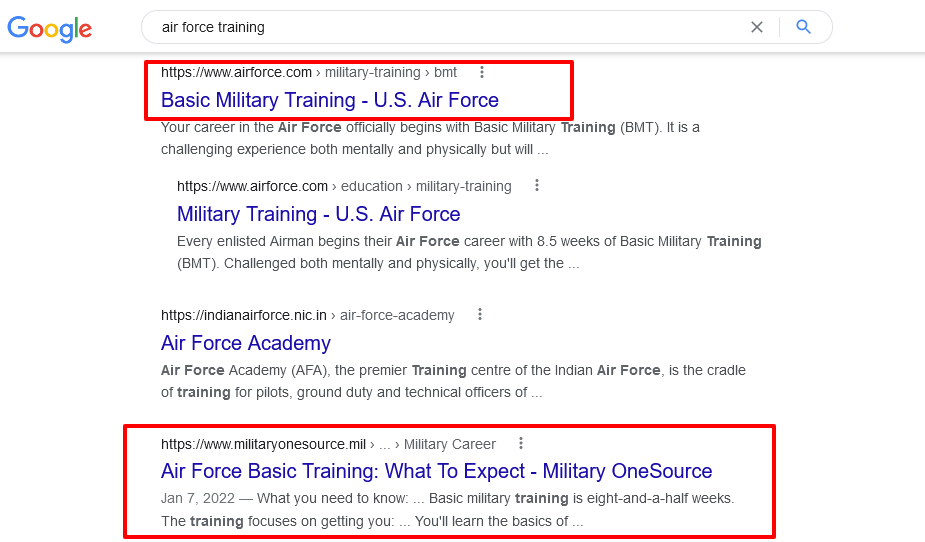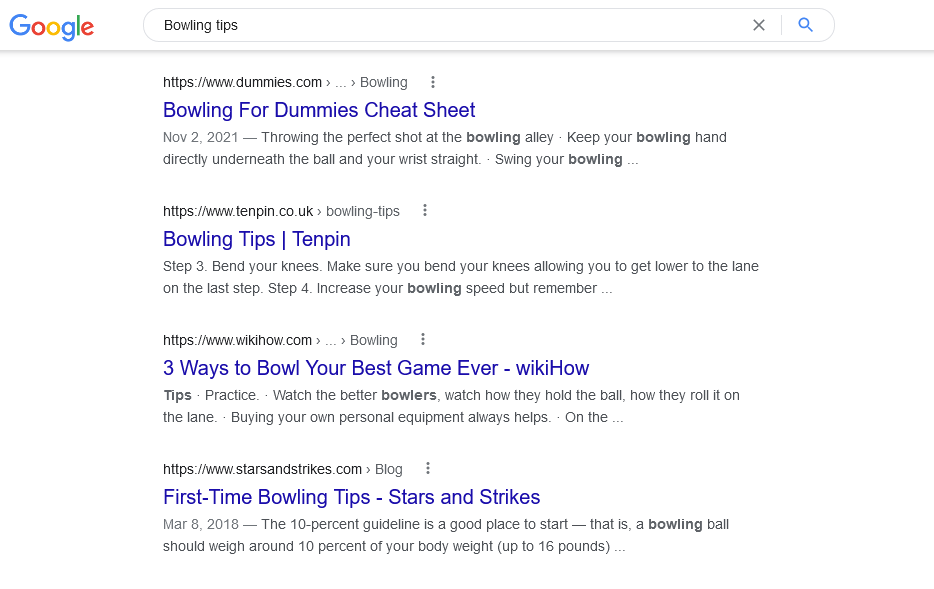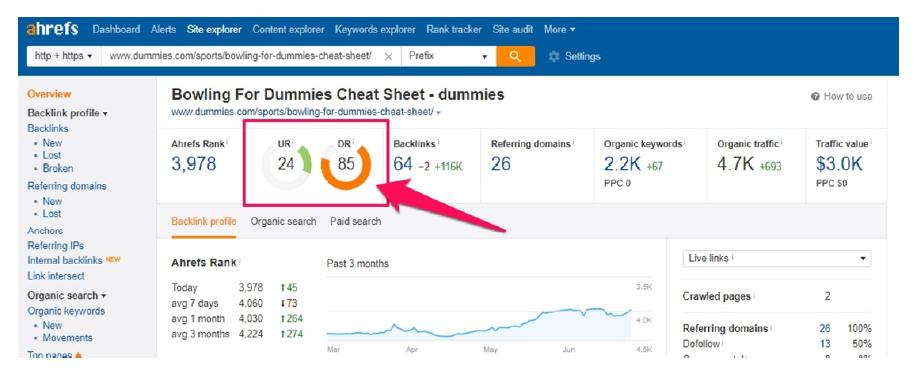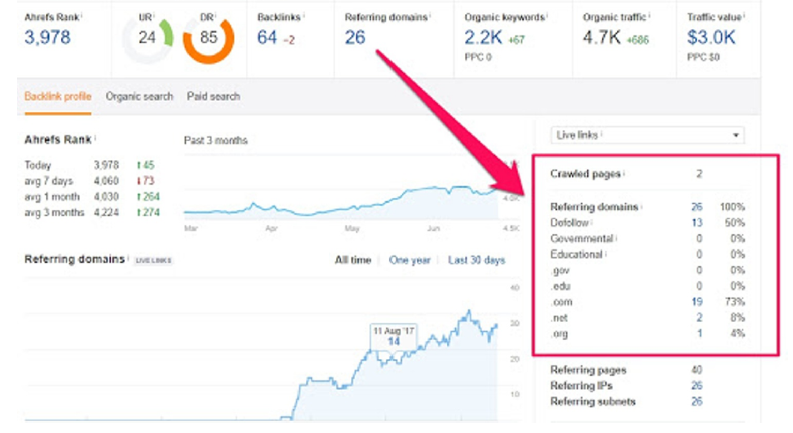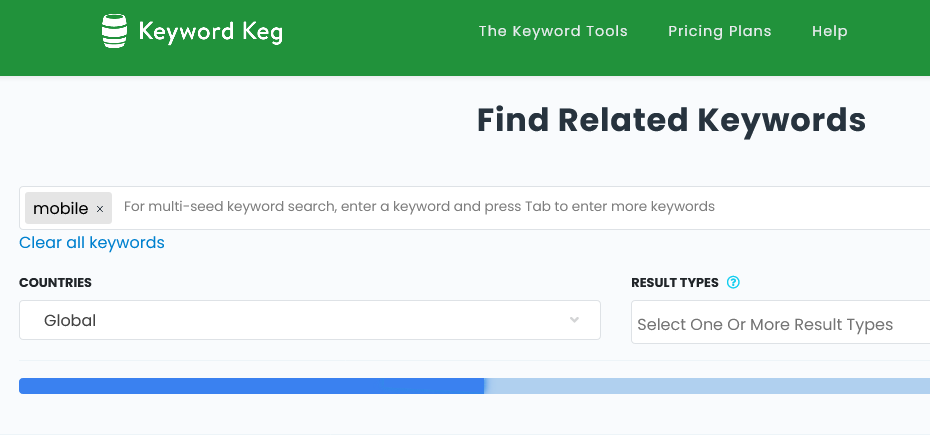You canʼt beat your competitors if you donʼt know their strengths and weaknesses. That’s why studying your SEO competition Analysis is so important if you want to be successful. itʼs not as difficult or complicated as some marketers make it look
.
The goal here is to create a high-authority site that generates consistent income for years. No, I’m not talking about short-term, micro specialty websites or rapid money-making techniques. Think of this as a proper long-term business. Including competitor analysis, is based on this goal.
Why are we doing competitor analysis?
Hereʼs why.
- To analyze the SEO domain authority and relevancy of the top ranked pages in order to determine the ranking possibilities of our targeted subject and keywords.
- To find any weaknesses or gaps in the top ranking search results that we can take advantage of.
- To find out the exact improvements we need to make to our content to make it to the top search spot for our target keyword.
Once you have this information, you will use it to build an authority site around your target topic with MUCH better content than your competitors. This will result in thousands of visitors from long-tail search traffic and will also help you rank for the head keywords of your topic in the long-run.
When Google starts considering you an authority on a topic, because of the superior quality of your content and backlinks, it ranks you for many other long-tail search keywords even if you donʼt directly target them.
Remember 2 things before we start competitor analysis.
- The success of your authority blog WONʼT be determined by your rankings for these big keywords. You’re going to target them, but it’s not do or die. Your blog will get TONS of long-tail traffic before you even get into the top 5 rankings.
- Google is now all about authority. Any search you do today will bring back nothing but really high authority sites. The biggest thing holding people back from entering niches and starting their blogs is competition. They see these high authority sites on the first page and decide it would be crazy to compete with them.
DON’T let this intimidate you.
You’re still going to analyze SEO competition to make sure it’s not TOO competitive, but your criteria and metrics need to change to compensate for Google’s algorithm changes and your goals with this site. It is why you muse understand above 2 points.
There’s a fundamental difference in how sites that make thousands of dollars per month are built. It might be completely different than how you’ve approached blog building in the past, and that’s a good thing.
Performing SEO competitor analysis
You only need a couple of tools to perform competitor analysis.
One of them is Google Search, which is free of course. The other one is Ahrefs, the best SEO tool, with the most updated and accurate data. Itʼs a complete research tool thatʼll help you analyze your competitors for a number of factors that impact search rankings.
Letʼs start.
Step 1: Analyze Google Search for Unbeatable Rankings
First and foremost, You should check if the rankings are unbeatable.
What does it mean by unbeatable? I mean a search results page with government pages, official company sites, and organizations. These are the pages that will NEVER be beaten. Just type in a keyword and see what comes up. End of story.
A blog on Air Force training can be a great fit for you if you’re a fan of the military and fighter planes. Unfortunately, no matter how many strong links you generate to your site, the official pages of the Air Force and the military will never be surpassed. These legitimate sites will also lead long-tail terms.
It takes a little common sense to recognize these kinds of results pages, and most keyword searches aren’t like this. But in the first stage of SEO competition analysis, this is all we’re looking for. If it does look unbeatable, then You should dump the keyword/niche.
If it’s not, let’s move onto the next step.
Step 2: Check Page Authority and Backlink Profile
Page Authority (PA) and Domain Authority (DA) are metrics used in Moz Link Explorer tool and considered a standard indicator of a siteʼs strength. Ahrefs, an even more advanced SEO tool, has introduced URL Rating (UR) and Domain Rating (DR) which are pretty similar to PA and DA.
But what exactly do they mean?
Domain Rating (DR) shows the overall strength of a website based on the number and the quality of links pointing to it.
URL Rating (UR) shows the strength of a specific URL based on the number and the quality of links pointing to it.
Thatʼs an important difference that you need to remember. For competitor analysis, your primary concern is the UR of the page ranking for your target keyword.
For example, here are the top search results for the keyword “Bowling tips” (excluding videos and featured snippets)
To perform competitor analysis, search the top ranking URL for this keyword in Ahrefs Site Explorer to get an idea of its strength.
With a DR score of 85, the overall strength of this website, Dummies.com, is very high.
If you consider this score alone, itʼs pretty hard to outrank this page. But the UR score, the strength of the URL ranking for the top spot, is just 24.Plus, if you look towards the right side of the DR score, youʼll see the number of backlinks and referring domains to this page.
Again, donʼt get fooled by the number of backlinks. The count that matters is “Referring Domains” because multiple links from the same sites donʼt have the same value.
This means we have a top ranking page with a low URL Rating and only 26 referring domains. On the right of your screen, Ahrefs shows you details of the types of backlinks pointing to the searched URL.
As you can see, out of the 26 referring domains, 50% are Do-Follow while the other 50% are No-Follow (which means they have no SEO value). Another good sign for you.
If you scroll further down, Ahrefs shows you the strength of the backlinks pointing to the searched URL.
Out of the 64 URLs linking to this page (from 26 Domains) 68% have a UR score between 0-10. While the remaining 28% have UR scores in the range of 11-20. So basically all the links pointing to this URL are pretty weak.
It is mainly ranking on the top because of If you love the military and fighter jetsa strong and relevant domain (DR 84). But with a better quality page thatʼs optimized for your target keyword and has more high quality links pointing to it, this page can be easily outranked.
Got it?
The only metrics weʼve considered are UR, the number of Referring Domains, and the UR of the linking domains. Do this for all the first page results to get a better understanding of the strength of your competitors. These scores are strong indicators of whether a search result can be outranked easily or not.
But there are a few other things to consider as well. Let me explain them one by one.
Step 3: Analyze On-Page Optimization Factors
On-Page SEO factors play a crucial role in determining the search rankings of a page. A key part of competitor analysis is to see whether the top-ranking pages are properly optimized for the target keyword or not. If a page is ranking on the first page without proper On-Page SEO, itʼs an opportunity for you to create an optimized page to outrank it.
Here are the things you need to consider.
- Target Keyword in Title, URL, and Meta Description
Using the target keyword in the title and the URL of a page is a strong ranking factor. The Meta Description, however, doesnʼt have a direct impact on the search rankings but it does influence the click through rate of a result.
- Keyword in H1 and H2 Headlines
See if the target keyword is used by the page in itʼs main headline and at least one sub-heading with an H2 tag. Itʼs another strong On-page ranking factor.
- LSI Keywords in H2 Headline
LSI keywords are terminologies that are closely related to your main target keyword. Google considers the use of LSI keywords a strong On- Page SEO factor.
You can find hundreds of LSI keywords using keywordkeg.com
When analyzing a competitorʼs page, see if they have used LSI keywords in any of their sub-headings. If not, itʼs an improvement area you should note down.
- Keyword in the Introductory Paragraph
Using the target keyword in the first 100 words of a page has a direct relationship with higher rankings.See if your competitors have done that in their content.
- Keyword Usage in Body Content
Pay close attention to how many times your competitors have used the target keyword in their content. Keyword Density as a metric no longer matters, but if a page has used the target keyword sparingly, it gives you an opportunity to improve on it.
- Optimized Alt-Tags in Images
Most websites publish blog posts and articles with images that do not have any Alternate Tags (Alt-Tags) Alt Tags play the same role as keywords and have a direct impact on rankings. See if your competitors have paid attention to them
- Relevant Internal Links
Have the top ranking pages used any internal links in their content? No? Good, because thatʼs another opportunity to make your page better than theirs
- High Authority External Links
No external links to any relevant high authority sites? Google considers external links as a relevance signal. Using them is a recommended On-Page SEO practice. Once you analyze the top ranking pages for all these factors, see which ones are missing in their content.
If most of the top ranking pages are poorly optimized, itʼs another sign that youʼll easily outrank them by creating better optimized pages. But before making a final judgement, thereʼs one last thing to consider.
Step 4: Look for Improvements in Content
How does the actual content of the top ranking pages read?
Is it high quality, well-researched, and in-depth?
Or is it spun or simply a collection of words that doesnʼt make sense?
Content quality is one of the biggest search ranking factors. Plus, it has a direct impact on backlinks acuqisiton. Poor quality content rarely gets backlinks from other high authority sites. If a top ranking page for your target keyword has poorly written content, it probably has a pretty low backlink count as well.
As a result, itʼs easy to outrank.
Here are the things to consider while analyzing the content quality of a page
- Content Length/Word Count
In-depth and detailed content not only gives more value to the readers but also helps you rank for dozens of long-tail keywords. So keep a close eye on the average depth and length of content ranking on Googleʼs first page for your target keyword
- Content Correctness
Does the content have typos, grammatical mistakes, or improper sentence structures? If yes, the page is likely to have a higher Bounce Rate since users quickly press the back button when they see poorly written content.
- Visuals and Multimedia
How many images, videos, or animated GIFs is the page using? Note down the number for every page you analyze.
- Content Format
Is the content properly formatted for online readers with headlines, short paragraphs etc.?
Or is it simply a wall of text that makes you fall asleep?
These are all user experience factors that have a direct impact on the search rankings of a page. If your target keyword has first page results with poor content, they can be easily outranked with better content.
Related Articles
1. How To Build A Web 2.0 Private Blog Network
2. How to Use Keywords to Optimize Your Blog Posts
3. Why WordPress Site Page Speed Important ?
4. 7 Best Alternatives to Google Adsense
Conclusion
When you analyze your competitors based on the metrics Weʼve shared in this article , you will be able to gather detailed information about their strengths and weaknesses.
Now your job is simple.
Create a page/resource that is better than your competitors in terms of all the factors weʼve discussed.When you create such a resource, getting backlinks wonʼt be a problem. And with better content and more backlinks, no one can stop you from dominating the search rankings.
Consider Following a Course ?
With Lifetime Access ?
We have been the number 1# platform for delivering most demanding course. Becoming Lifetime Member , You will receive all the Premium content For FREE

Consider Following a Course ? With Lifetime Access ?
We have been the number 1# platform for delivering most demanding course. Becoming Lifetime Member , You will receive all the Premium content For FREE


